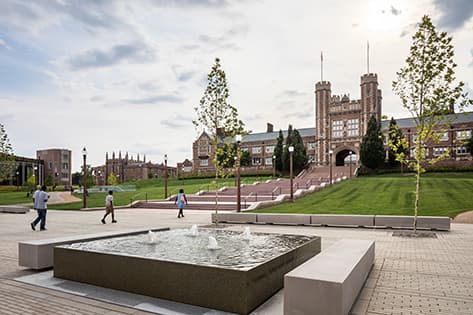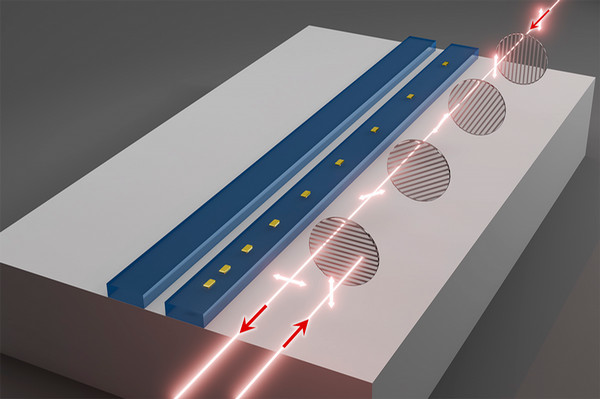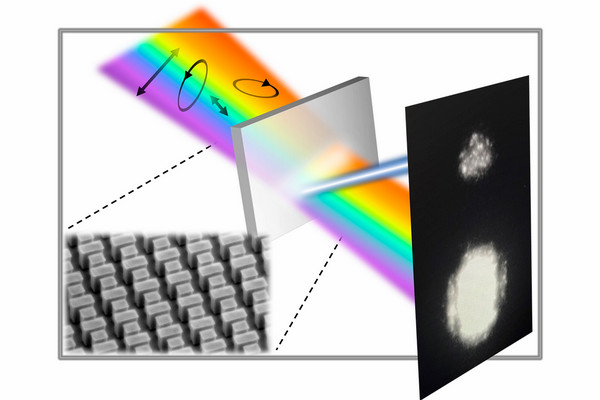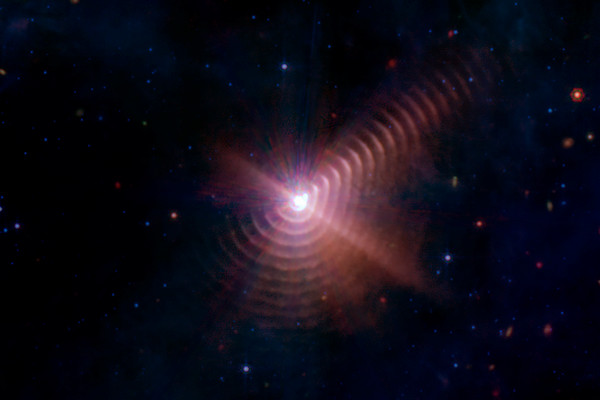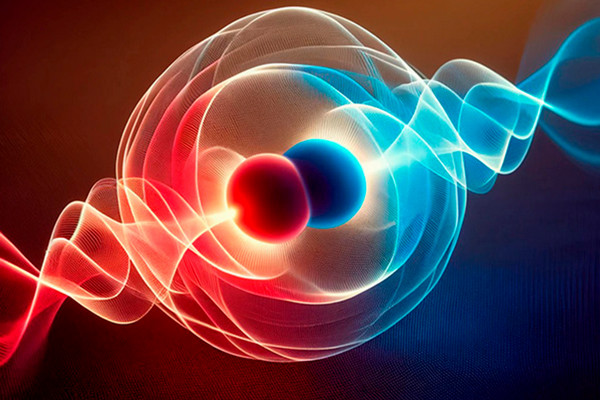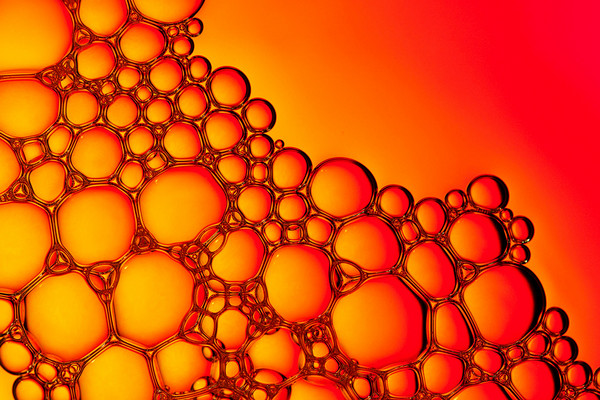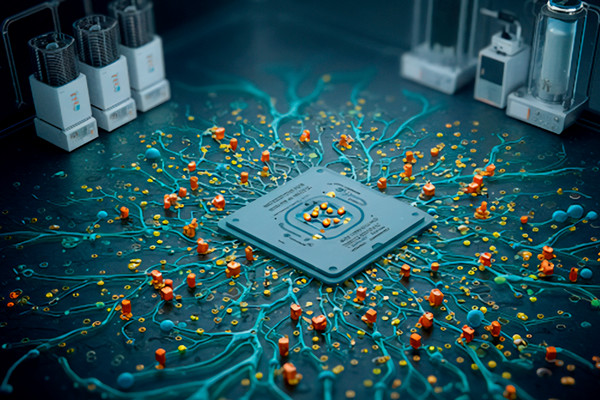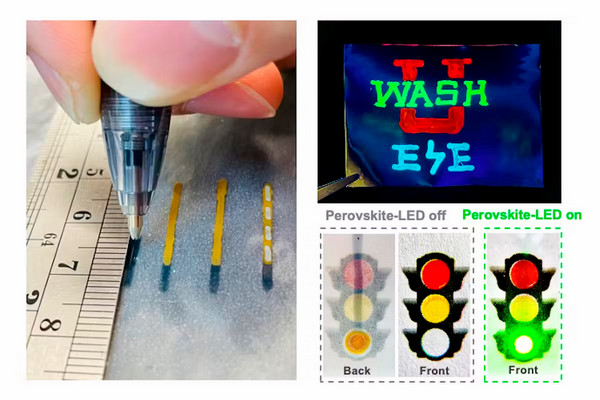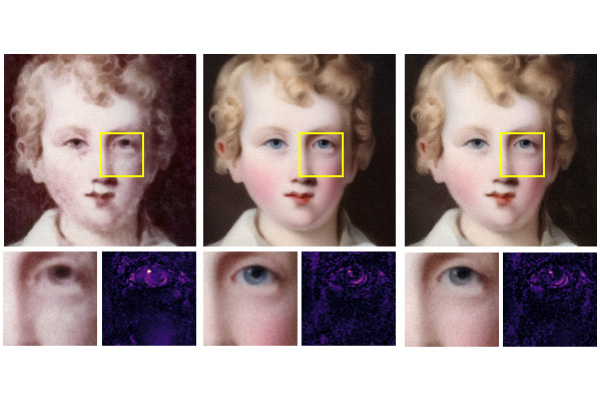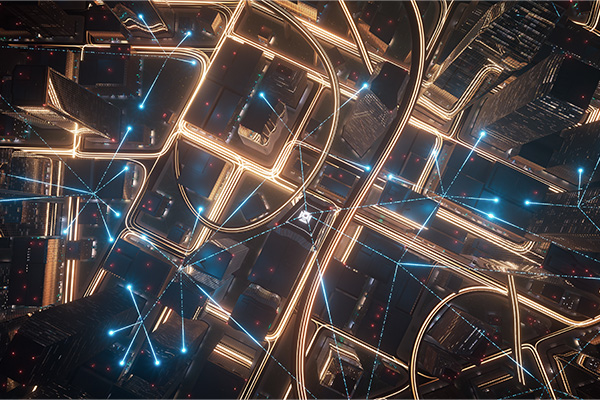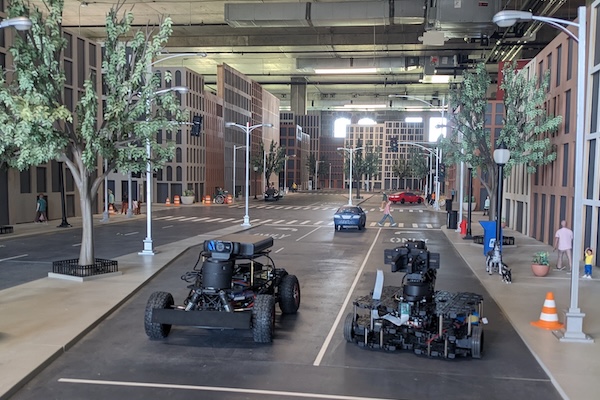It's easy to start your application.
Research Areas
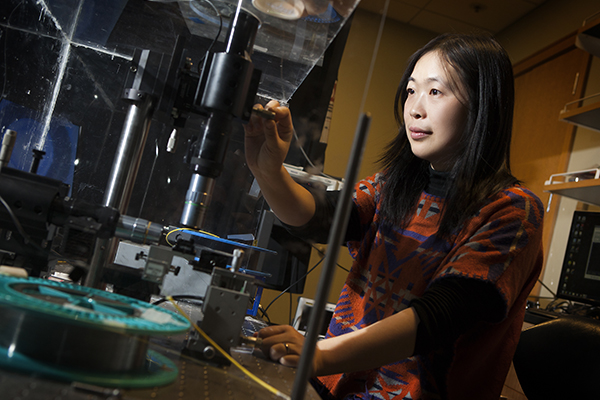
Research at the Preston M. Green Department of Electrical & Systems Engineering brings together faculty, students and staff in a shared pursuit of discovery. By integrating research and teaching, our faculty ensure that their work remains both cutting-edge and relevant, providing students at all levels with meaningful opportunities to contribute to new knowledge that addresses real-world challenges.
The department’s research is centered in four key areas: applied physics, devices and circuits, signals and imaging, and systems science. Within and across these domains, teams collaborate to explore foundational science and develop technologies that improve lives—from advancing medical imaging to designing more efficient systems for communication and energy.
Student researchers are mentored by faculty who are recognized leaders in their fields and supported by a network of university resources. Faculty-led projects attract funding from a wide range of sources, including federal and state agencies, industry partners, nonprofits and the university itself—underscoring the broad impact and value of the work being done.
![]()
27 FULL TIME FACULTY
$ 7 Million
(FY23)
![]()
RESEARCH PARTNERSHIPS
![]()
4 RESEARCH AREAS
Applied Physics
Faculty in this area focus on topics in advanced materials, integrated photonics and optoelectronics, nano-fabrication, and new device concepts.
Read some recent publications on the right or dive deeper and learn more below.
Devices & Circuits
Faculty in this area study nanoelectronics and emerging devices, sensors and sensing systems, and cyberphysical systems.
Read some recent publications on the right or dive deeper and learn more below.
Signals & Imaging
In this area, the department's research focuses on model-based digital and analog signal and image processing, multiaccess communications, computational linguistics and wireless networking.
Read some recent publications on the right or dive deeper and learn more below.
Systems Science
Our faculty within the department study, design, develop, manage and optimize complex systems including electrical systems, information systems, quantum systems and telecommunication networks.
Read some recent publications on the right or dive deeper and learn more below.
